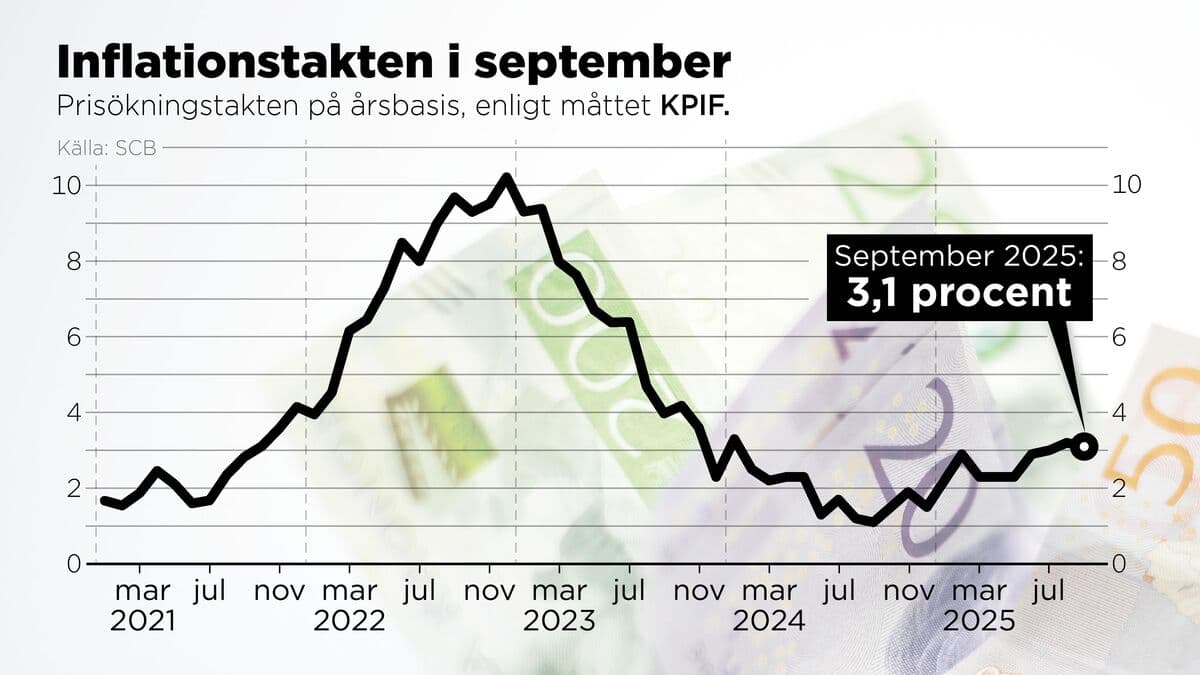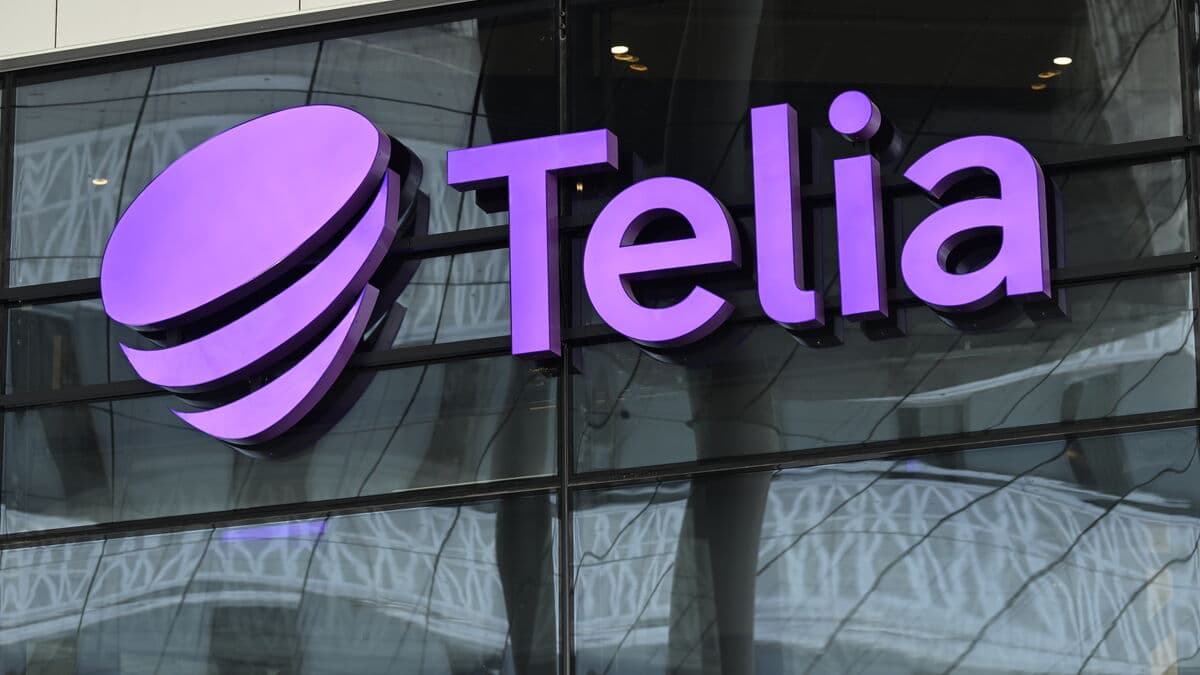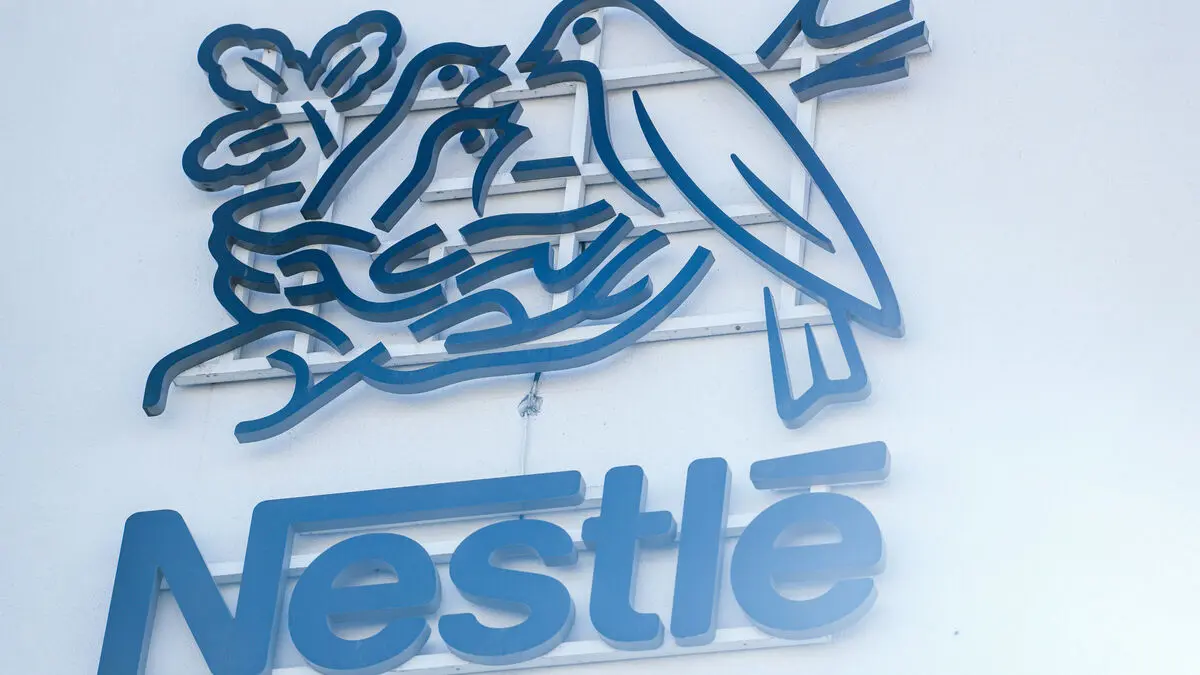It is finalized for this year, anyway. Then we'll see, things can happen, says Torbjörn Isaksson, chief analyst at Nordea.
SEB colleague Olle Holmgren has a forecast of an unchanged interest rate of 1.75 percent until an increase in the summer of 2027. But he does not rule out that it may be relevant with a reduction despite everything.
Maybe in the spring. Or by the summer. Say it's a 30-40 percent probability for that, he says.
No interest rate cut in the near future
For it to happen, however, inflation must continue to decline at the same time as it still seems to be needed to stimulate more growth, consumption, and a stronger labor market, according to Holmgren.
But not now in the near future. Now you want to wait and see the effects of the interest rate hikes that have been made. So in the next three, four meetings, it's not likely to happen, he says.
Inflation according to the KPIF measure, where the effects of mortgage rates have been excluded, fell to 3.1 percent in September. This can be compared to 3.2 percent in August and analysts had on average counted on an unchanged level.
According to Torbjörn Isaksson, the Swedish Central Bank's inflation target of 2.0 percent according to the KPIF measure will soon be reached:
It will take a few months before we get there, but we are on our way.
"Then there is room"
Even cleaned for energy costs, a measure that the Swedish Central Bank looks extra closely at, inflation fell to 2.7 percent in September – from 2.9 percent in August.
Olle Holmgren expects this inflation measure to fall to 1.4 percent on average next year – or 1.8-1.9 percent if you exclude the effects of halved VAT on food.
Then there is room to support the economy with an interest rate cut if growth becomes a disappointment, he says.





